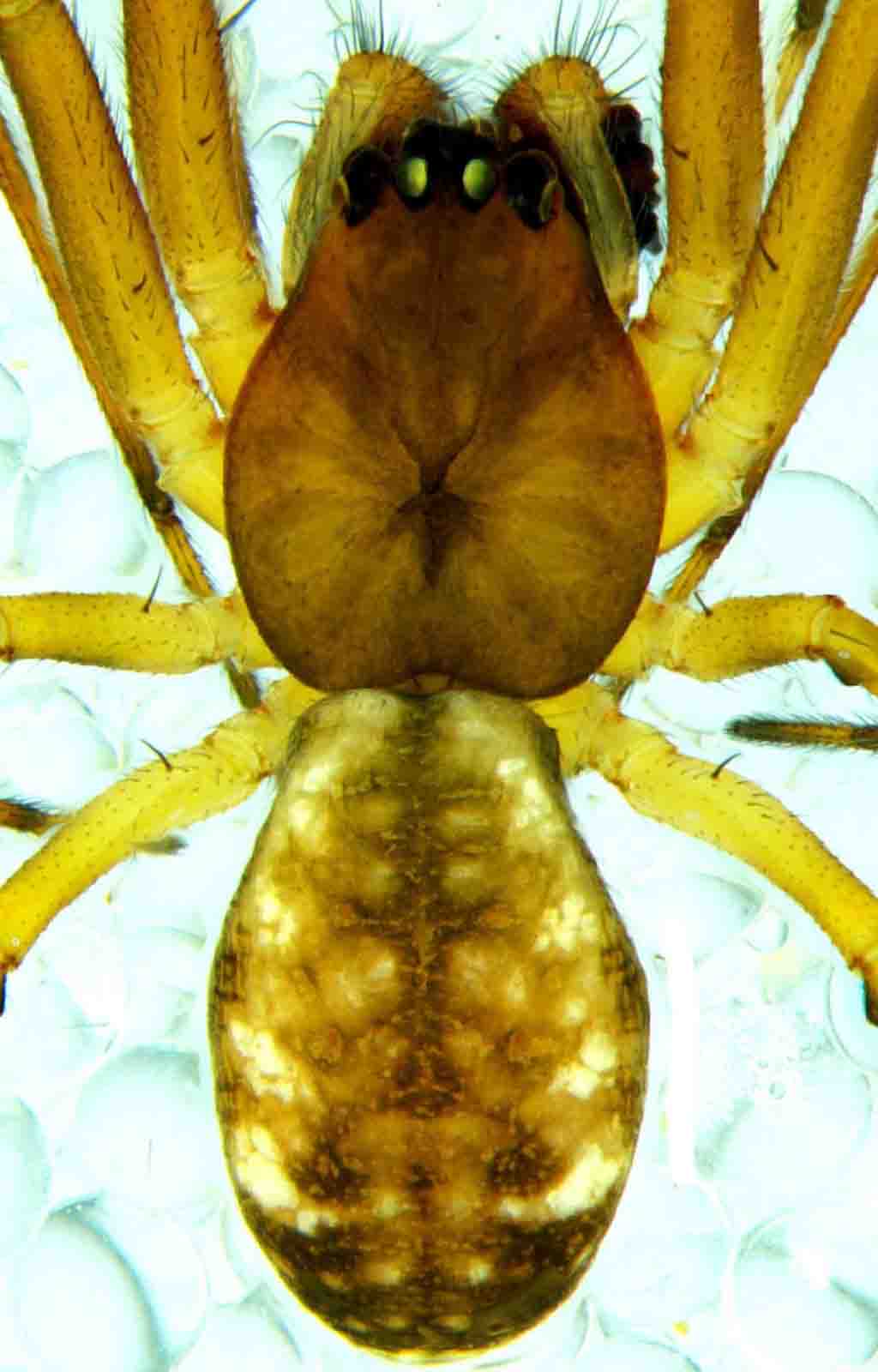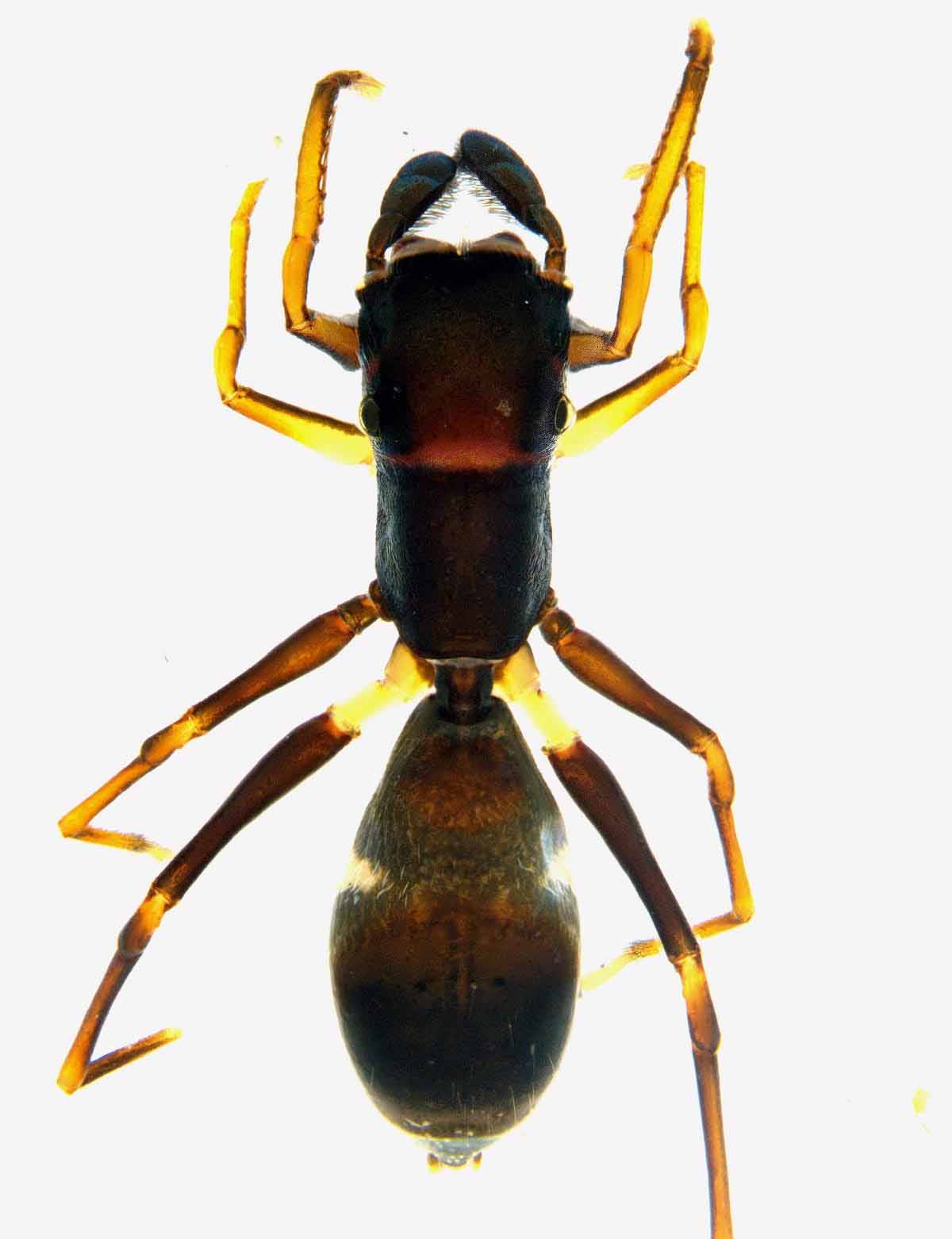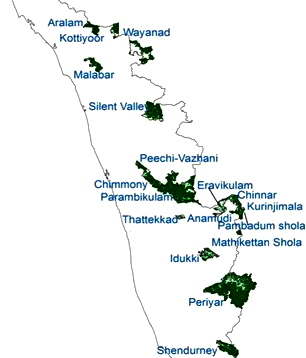Important Facts For Prelims
Money Spider, Ant-Mimicking Spider Discovered
- 27 May 2022
- 4 min read
Why in News?
Money spiders, commonly found in European meadows, have been reported for the first time in the country from the Muthanga range of the Wayanad Wildlife Sanctuary.
- Researchers from Christ College (Kerala) have also discovered ant-mimicking spiders, belonging to the group of jumping spiders, from the Mananthavady range.
Key Points
- About Money Spider:

- Money Spider belongs to the family of dwarf spiders ( Linyphiidae) under the genus Prosoponoides.
- Only six species of spiders belonging to this genus have been identified from across the world so far.
- It has been given the name Prosoponoides biflectogynus.
- The male and the female money spiders are typically 3 mm and 4 mm long respectively.
- Both sexes are dark brown and have irregular silver patches and black spots on the elliptical abdomen.
- There are numerous fine black spines on their olive-green legs.
- Eight dark eyes are arranged in two rows.
- Females build triangular webs in between dry tree twigs and feed on small insects, while males prefer to hide beneath dry leaves.
- Two or more male spiders can be found in the web of a single female.
- Money Spider belongs to the family of dwarf spiders ( Linyphiidae) under the genus Prosoponoides.
- About Ant-mimicking Spiders:
- The ant-mimicking spider has been named Toxeus alboclavus.
- They belong to the family of Salticidae.
- The male and the female spiders of this species grow up to 4 mm and 6 mm long respectively.

- A pair of white stripes on the dark brown abdomen of females makes them distinct from other spiders of this group (jumping spiders).
- The male of the species is characterized by a brown cephalic region and black thorax with white hairs.
- The forward-projecting fangs have a characteristic shape of an antler.
- Long spines are present on the base of each leg.
Wayanad Wildlife Sanctuary
- Located in Kerala, Wayanad Wildlife Sanctuary (WWS) is an integral part of the Nilgiri Biosphere Reserve. It was established in 1973.
- Nilgiri Biosphere Reserve was the first from India to be included in the UNESCO designated World Network of Biosphere Reserves (designated in 2012).
- Other wildlife parks within the Reserve are: Mudumalai Wildlife Sanctuary, Bandipur National Park, Nagarhole National Park, Mukurthi National Park and Silent Valley.
- Spread over 344.44 sq km, Wayanad Wildlife Sanctuary is contiguous to the tiger reserves of Nagerhole and Bandipur of Karnataka and Mudumalai of Tamil Nadu.
- Kabini river (a tributary of Cauvery river) flows through the sanctuary.
- The forest types include South Indian Moist Deciduous forests, West coast semi-evergreen forests and plantations of teak, eucalyptus and Grewelia.
- Elephant, Gaur, Tiger, Panther,Sambar, Spotted deer, Barking deer, Wild boar, Sloth bear, Nilgiri langur, Bonnet macaque, Common langur, Wild dog, common otter, Malabar giant squirrel etc are the major mammals.







